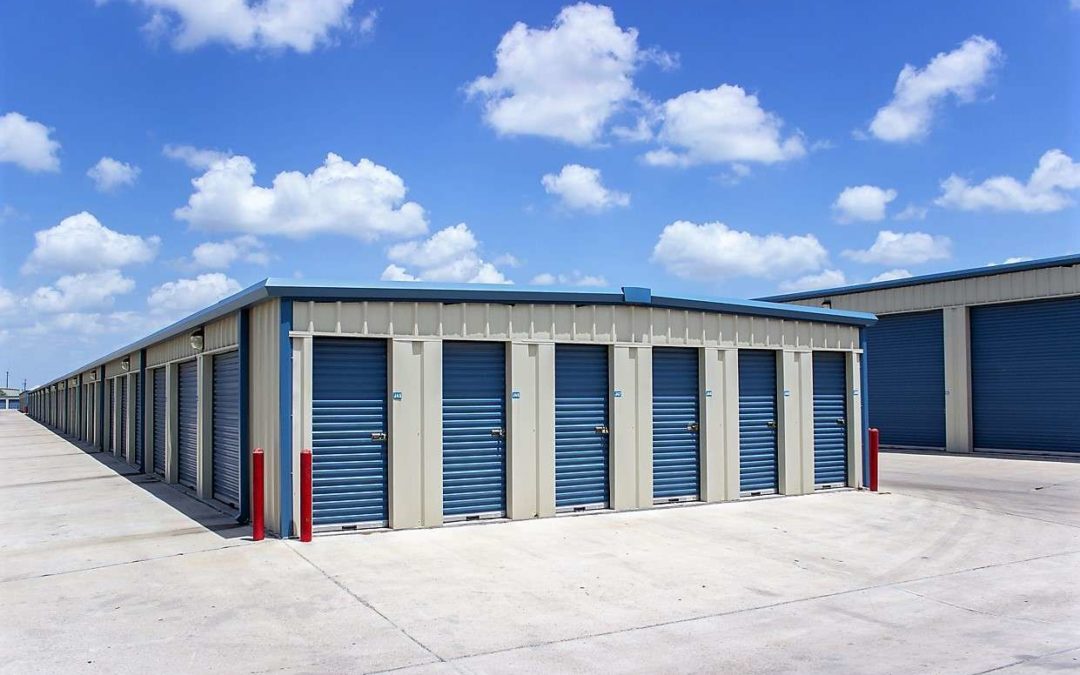
Amy Regal, Director
GRS | Title
(216) 571-7013
[email protected]
More institutional players are getting involved in self-storage investment according to recent reports.
That, in part, led to a decrease in fourth-quarter cap rates, from 6.5 percent to 6.3 percent year over year, according to data by Real Capital Analytics, as reported by National Real Estate Investor.
That’s the case even though transactions were down in 2017 to $4.2 billion from $6.4 billion the prior year due to no giant portfolio transactions taking place, like the $1.3 billion purchase of LifeStorage by Sovran Self Storage in 2016 and a pullback in REIT acquisitions.
NREI also pointed out that there is plenty development in the pipeline with 45 million square feet expected for completion this year, up from 40 million square feet in 2017, according to Marcus & Millichap data.
An outlook for 2018 release by National Self-Storage Group said that more REITs could get into the third-party management business for private owners as a way to familiarize with assets before making an outright purchase.
It also said that buyers would proceed with caution this year due to higher interest rates, but well-located facilities with a strong potential development pipeline will be in demand.
The main drivers of demand for self-storage owners are reportedly millennials, due to being a transient tenant base, and small businesses, as optimism by owners of those companies are displaying a 31-year high of optimism. The strong apartment market also bolsters demand as housing ownership is not affordable in many hot metro areas.
The highest growth in the sector over the last five years has been seen in Raleigh, N.C., which had an inventory increase of 37.8 percent. That was followed by Denver, at 38.4 percent; Austin, Texas, at 34.9 percent; New York City’s 22.6 percent and 22.2 percent in Dallas/Fort Worth.
“Despite the moderation, the investment market remains highly active compared with historical levels with buyers continuing to view self-storage as a reliable source of long-term yield,” the report said.
For its part, Self Storage, the largest REIT in the category, saw net operating income rise last year by $66.9 million, while revenue increased by three percent. Occupancy slightly dipped, to 91.2 percent.

